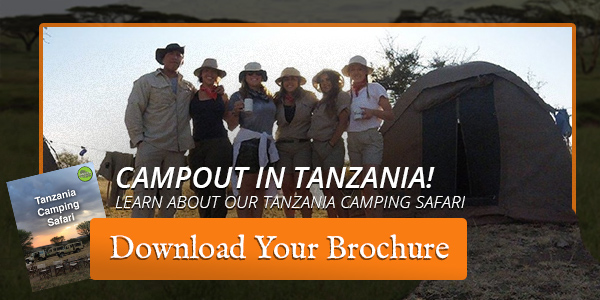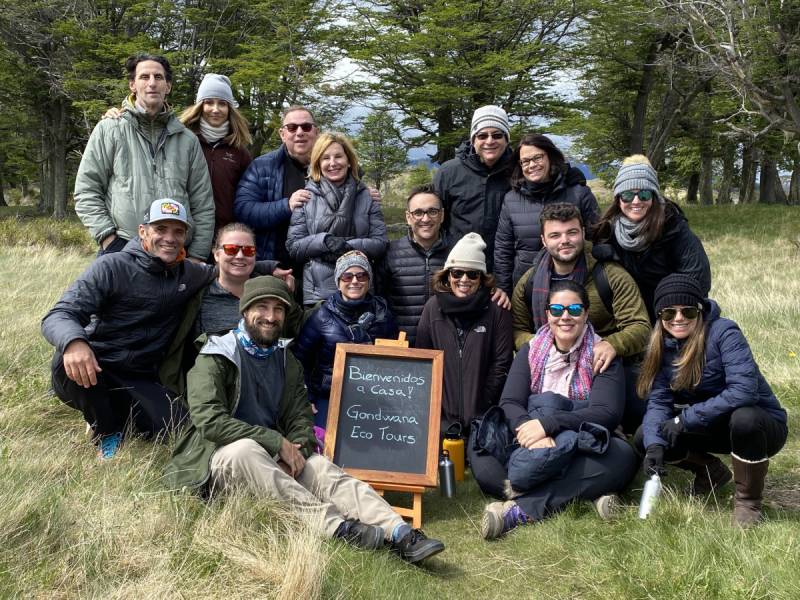 As you plan your safari to Tanzania, you have to take many things into consideration. Travel arrangements, lodging, and safety are the first things that come to mind. But it’s also vital that you choose the right time of year to visit. If you go at the wrong time, you could find yourself bogged down in the mud during the rainy season or you could miss out on witnessing the Great Migration across the Serengeti. That’s why, as a travel company with years of experience operating safaris in Tanzania, we’ve put together this guide to help you decide the best time of year to visit.
As you plan your safari to Tanzania, you have to take many things into consideration. Travel arrangements, lodging, and safety are the first things that come to mind. But it’s also vital that you choose the right time of year to visit. If you go at the wrong time, you could find yourself bogged down in the mud during the rainy season or you could miss out on witnessing the Great Migration across the Serengeti. That’s why, as a travel company with years of experience operating safaris in Tanzania, we’ve put together this guide to help you decide the best time of year to visit.
Where In Tanzania Are You Traveling To?
Before you decide when to go you need to know where you’re going. There are four different tour circuits in Tanzania, the North, South, Western and Coastal Circuits. Each circuit refers to the different National parks in the area.
- To the North, you’ll find the Serengeti, Ngorongoro, Kilimanjaro, Lake Manyara & Tarangire. It’s the most popular circuit in Tanzania and it’s often packed with visitors from all over the world.
- To the South, you have Selous Game Reserve, Ruaha National Park, and Mikumi National Park. The parks here are less crowded, but it’s much harder to see the Big Five—lion, leopard, rhinoceros, elephant, and Cape buffalo.
- To the West, you can visit Mahale Mountains National Park, Katavi National Park or the Gombe Stream National Park. These parks are remote and hard to get to but they are famous for their primate tours.
- The Coastal Circuit has less to do with wildlife viewing and is more about relaxing on white-sand beaches next to turquoise waters.
No matter what circuit you visit, it’s generally a good idea to avoid the rainy season, which occurs from March through May. The rains make it difficult to travel or spend time outdoors and many of the smaller camps close down during this time. In addition to the rainy season, it’s important to consider the shoulder seasons when planning your visit to these circuits. The period just before or after the rainy season can offer a nice balance of favorable weather conditions and fewer crowds. During these shoulder seasons, you can experience more mild temperatures, lush greenery, and potentially lower prices on accommodations and activities. This could be a great opportunity to explore the circuits with more ease and enjoy a more personalized experience without battling the peak tourist influx or the heavy rains.
What Do You Want to See on Your Tanzania Safari?
Another thing that you need to consider before you book your trip, is what do you want to see. You’ll have a different wildlife viewing experience depending on when you travel. In the Northern Circuit, the biggest draw for travelers is the Great Migration of herd animals across the savanna. Millions of wildebeests, zebras, and gazelles are on the move during the dry season in search of green pastures. The migration is best viewed between June and September. However, if you would like to see something a little different and beat the crowd, you might plan your trip in January through February, which is peak calving season. Or maybe you’re more interested in climbing Mt. Kilimanjaro? The dry season is ideal for climbing since the heavy rains can make the mountain more treacherous. You might also consider traveling during January and February since it’s actually warmer in the winter then it is in the summer months.
If you’re more inclined towards cultural experiences, consider visiting local Maasai villages or exploring the vibrant markets in Arusha and Moshi. Engaging with the indigenous communities can provide a deeper understanding of Tanzania’s rich heritage and traditions. Additionally, sampling traditional Tanzanian cuisine like Ugali, Nyama Choma, and Pilau can be a delightful culinary adventure. Exploring the local culture can add a unique dimension to your trip and create lasting memories beyond the natural wonders of the region. Whether you choose to focus on wildlife, mountain climbing, or cultural immersion, Tanzania offers a diverse range of experiences that cater to every traveler’s interests.
Still need help deciding when to visit Tanzania? Here’s a helpful breakdown:
| Peak (High) Season | July-March |
| Low Season | April and May* |
| Calving Season | January and February |
| Best Time To See The Great Migration | June-September |
| Best Time To Climb Kilimanjaro | June-October or January-February |
| Hottest Months | January and February |
| Rainy Season | March-April |
| Dry Season | June-October |
*While part of the rainy season, the Northern Circuit is still open, but many parks in the Southern Circuit are closed.
If you’re interested in witnessing the Great Migration, come join us on our Tanzania Great Migration Camping Safari! We offer two trips, one in July and one in August. It’s the perfect time to spot the Big Five as well as millions of herd animals as they make their way across the savanna. The camping safari allows you to immerse yourself in the heart of the African wilderness, where you can experience the sights and sounds of this incredible natural phenomenon up close.
As you embark on this once-in-a-lifetime adventure, our experienced guides will lead you through the vast plains of Tanzania, sharing their knowledge and insight about the unique ecosystem and animal behavior along the way. Each day on the camping safari brings new surprises and encounters with wildlife, from majestic lions lounging under acacia trees to graceful zebras grazing peacefully nearby. You’ll have the opportunity to witness nature in its purest form, with the stunning backdrop of the Serengeti serving as your constant companion throughout the journey. Don’t miss out on this extraordinary opportunity to connect with the wild side of Africa and create memories that will last a lifetime.
>Learn more about our Tanzania Safari today!


